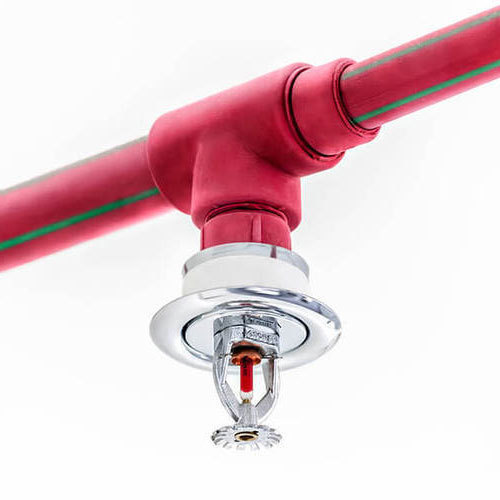Methodology
With samples from the installation site, an experienced representative will conduct a Thermal Wind Tunnel Test in accordance with UL 199. During this test, each sprinkler’s Response Time Index (RTI) is measured.
The following table shows the maximum RTI values for each sprinkler response type listed in the latest edition of the NFPA 25 Addendum.
| Sprinkler | Definition |
| Early Suppression Fast Response (ESFR) | RTI value less than 50 (meters-seconds)1/2 |
| Fast Response | RTI value less than 65 (meters-seconds)1/2 |
| Standard Response | RTI value less than 350 (meters-seconds)1/2 |

Sprinkler response time is a very important factor in the fire protection system design.
If the sprinklers respond too slowly, it can allow a fire to spread and cause damage before being detected and extinguished.
NFPA 25 2023 Ed. Section 5.3.1.3 requires that all types of sprinkler systems be tested for their response time, which is defined as the amount of time it takes for the sprinkler to release water after being exposed to a defined temperature and airflow. Sprinklers that fail this test must be replaced with new ones that meet the minimum requirements.
An acceptable response time index (RTI) is based on how quickly different types of sprinklers respond when exposed to heat. The RTI number is determined using an equation that includes factors such as air flow and sprinkler type.
In addition to the Response Time Index (RTI), IFR Africa’s report also includes the following information for each sprinkler tested:
- Determining the room environment and sprinkler locations within the building.
- Sprinkler condition.
- Description of sprinkler operation.
- Images of the waterways to help identify any obstructions that may still impede functionality.
